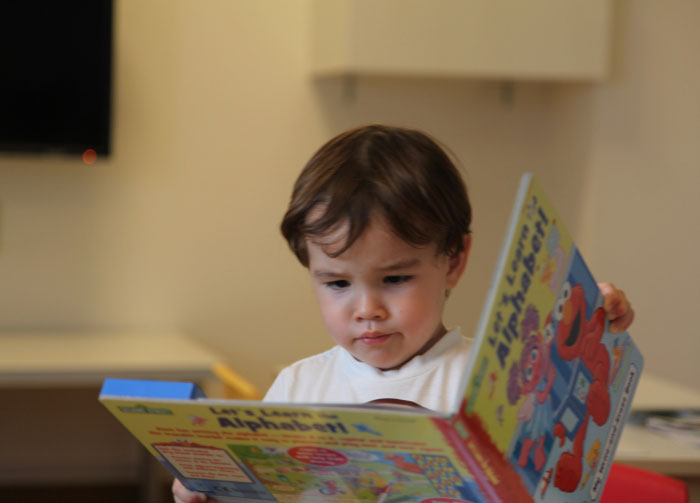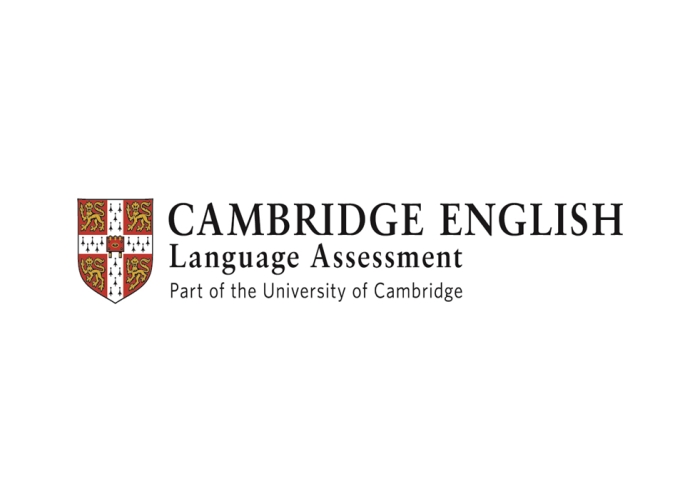To teach all students according to today’s standards, teachers need to understand subject matter deeply and flexibly so they can help students create useful cognitive maps, relate one idea to another, and address misconceptions.
Teachers need to see how ideas connect across fields and to everyday life. This kind of understanding provides a foundation for pedagogical content knowledge that enables teachers to make ideas accessible to others.
Shulman (1986) introduced the phrase pedagogical content knowledge and sparked a whole new wave of scholarly articles on teachers’ knowledge of their subject matter and the importance of this knowledge for successful teaching.
Shulman created a Model of Pedagogical Reasoning, which comprises a cycle of several activities that a teacher should complete for good teaching: comprehension, transformation, instruction, evaluation, reflection, and new comprehension.
Comprehension
Researched by Annie Manders, EFL Teacher
• To help students gain literacy
• To enable students to use and enjoy their learning experiences
• To enhance students’ responsibility to become caring people
• To give students the opportunity to learn how to inquire and discover new information
• To help students develop broader understandings of new information
• To help students develop the skills and values they will need to function in a free and just society
Transformation
The key to distinguishing the knowledge base of teaching lies at the intersection of content and pedagogy in the teacher’s capacity to transform content knowledge into forms that are pedagogically powerful and yet adaptive to the variety of student abilities and backgrounds. Comprehended ideas must be transformed in some manner if they are to be taught.
Transformations require some combination or ordering of the following processes:
1. Preparation (of the given text material), which includes the process of critical interpretation
2. Representation of the ideas in the form of new analogies and metaphors (Teachers’ knowledge, including the way they speak about teaching, not only includes references to what teachers “should” do, it also includes presenting the material by using figurative language and metaphors [Glatthorn, 1990].)
3. Instructional selections from among an array of teaching methods and models
4. Adaptation of student materials and activities to reflect the characteristics of student learning styles
5. Tailoring the adaptations to the specific students in the classroom
Instruction
Comprising the variety of teaching acts, instruction includes many of the most crucial aspects of pedagogy: management, presentations, interactions, group work, discipline, humour, questioning, and discovery and inquiry instruction.
Evaluation
Teachers need to think about testing and evaluation as an extension of instruction, not as separate from the instructional process. The evaluation process includes checking for understanding and misunderstanding during interactive teaching as well as testing students’ understanding at the end of lessons or units. It also involves evaluating one’s own performance and adjusting for different circumstances.
Reflection
This process includes reviewing, reconstructing, re-enacting, and critically analyzing one’s own teaching abilities and then grouping these reflected explanations into evidence of changes that need to be made to become a better teacher. This is what a teacher does when he or she looks back at the teaching and learning that has occurred, reconstructs, re-enacts, and recaptures the events, the emotions, and the accomplishments.
Reflection is an important part of professional development. All teachers must learn to observe outcomes and determine the reasons for success or failure. Through reflection, teachers focus on their concerns, come to better understand their own teaching behaviour, and help themselves or colleagues improve as teachers. Through reflective practices in a group setting, teachers learn to listen carefully to each other, which also gives them insight into their own work.
New Comprehension
Through acts of teaching that are “reasoned” and “reasonable”, the teacher achieves new comprehension of the educational purposes, the subjects taught, the students, and the processes of pedagogy themselves (Brodkey, 1986).
Students (the teacher’s audience) are another important element for the teacher to consider while using a pedagogical model. A skilful teacher figures out what students know and believe about a topic and how learners are likely to “hook into” new ideas. Teaching in ways that connect with students also requires an understanding of differences that may arise from culture, family experiences, developed intelligences, and approaches to learning. Teachers need to build a foundation of pedagogical learner knowledge (Grimmet & Mackinnon, 1992).
To help all students learn, teachers need several kinds of knowledge about learning. They need to think about what it means to learn different kinds of material for different purposes and how to decide which kinds of learning are most necessary in different contexts. Teachers must be able to identify the strengths and weaknesses of different learners and must have the knowledge to work with students who have specific learning disabilities or needs.
Teachers need to know about curriculum resources and technologies to connect their students with sources of information and knowledge that allow them to explore ideas, acquire and synthesize information, and frame and solve problems. And teachers need to know about collaboration -how to structure interactions among students so that more powerful shared learning can occur; how to collaborate with other teachers; and how to work with parents to learn more about their children and to shape supportive experiences at school and home (Shulman, 1992).
Acquiring this sophisticated knowledge and developing a practice that is different from what teachers themselves experienced as students, requires learning opportunities for teachers that are more powerful than simply reading and talking about new pedagogical ideas (Ball & Cohen, 1996). Teachers learn best by studying, by doing and reflecting, by collaborating with other teachers, by looking closely at students and their work, and by sharing what they see.

